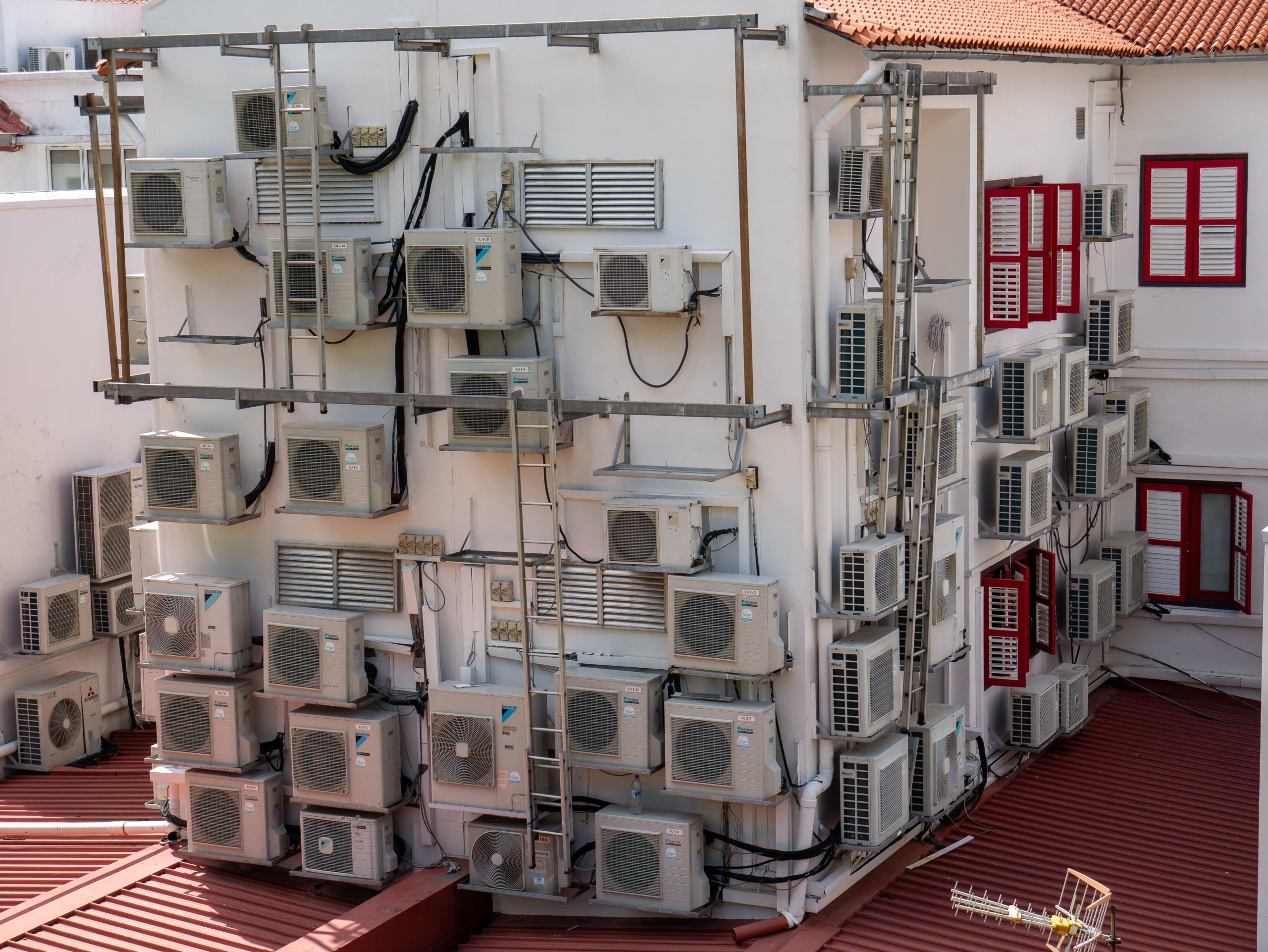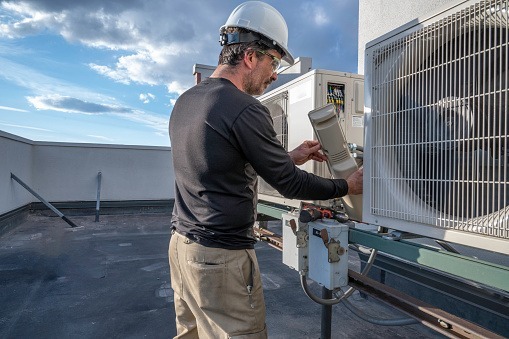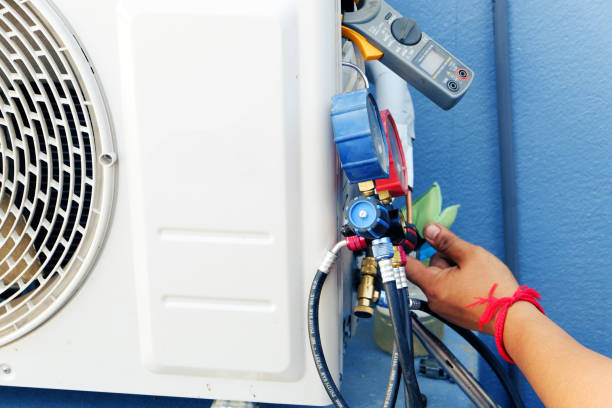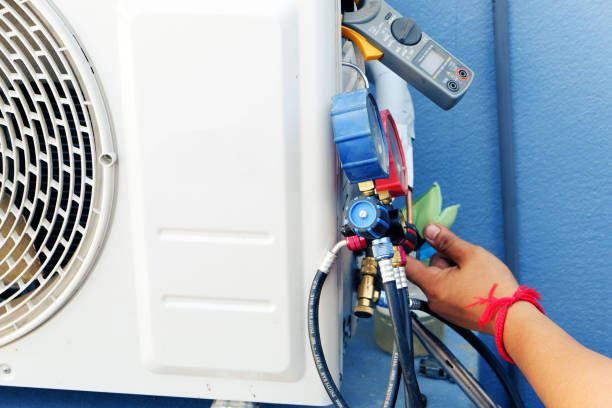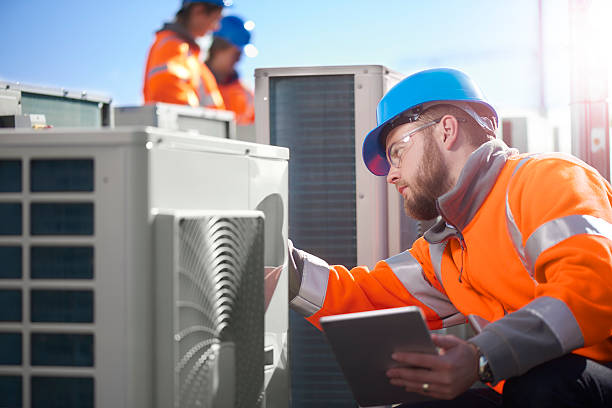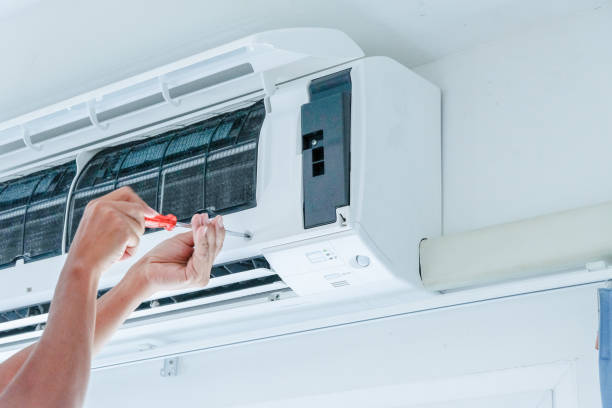Demystifying the Mechanics: How Does an Air Conditioner Work?
Introduction:
Have you ever wondered what happens behind the scenes when you turn on your air conditioner on a hot summer day? Well, air conditioners are modern marvels that have made our lives more comfortable; however, not everyone knows how they work. In this blog post, we’ll delve into the inner workings of air conditioners and unravel the mystery of how they cool and dehumidify the air. So, let’s take a journey through the fascinating world of air conditioning and discover how it all comes together.
The Basics of Air Conditioning:
Air conditioners operate on a simple yet effective principle: they remove heat from the indoor air and transfer it outside, leaving behind cool and comfortable air. To achieve this, they use a cycle of compression, expansion, and heat exchange, facilitated by a refrigerant—a special fluid that can change between liquid and gas states at low temperatures.
Compression: The process begins with a compressor, which is often located outside your home. The compressor pressurizes the refrigerant, causing it to turn into a high-pressure, high-temperature gas.
Heat Exchange: The hot, pressurized gas then flows into the condenser coil, also located outside. As the outdoor air blows over the coil, it causes the refrigerant to release the heat it has absorbed from your indoor air. This heat exchange process cools the refrigerant, turning it into a high-pressure liquid.
Expansion: The high-pressure liquid refrigerant moves into an expansion valve, where it suddenly expands and becomes a low-pressure, low-temperature gas.
Evaporator Coil: The low-pressure gas enters the evaporator coil inside your home. Warm indoor air is blown over the evaporator coil, causing the refrigerant to absorb the heat from the air. This results in cool air being circulated back into your living space.
Continuous Cycle: The refrigerant, now a low-pressure gas, returns to the compressor to start the cycle again. This process continues until the desired indoor temperature is reached.
Dehumidification: How Air Conditioning Work?
In addition to cooling, air conditioners also dehumidify the air. As warm air passes over the evaporator coil, it cools down, causing the moisture in the air to condense into water droplets. This excess moisture is collected in a drip pan and drained away, leaving you with not only cool but also less humid indoor air.
The Thermostat’s Role: Air Conditionin Working
Your thermostat plays a crucial role in the air conditioning process. It allows you to set the desired temperature for your home. When the indoor temperature rises above the set point, the thermostat signals the air conditioner to start the cooling cycle. Once the desired temperature is reached, the system turns off until it’s needed again, thus maintaining your comfort and saving energy.
Optimizing Your Air Conditioner’s Performance:
Now that you have a better understanding of how air conditioners work, here are some tips to help you make the most of your cooling system:
Regular Maintenance: Keep your air conditioner in top shape by scheduling regular maintenance. This includes cleaning or replacing air filters, inspecting refrigerant levels, and ensuring all components are functioning properly. A well-maintained unit is more efficient and can help reduce energy costs.
Proper Insulation: Ensure your home is well-insulated to prevent cool air from escaping and hot air from infiltrating. Proper insulation keeps your air conditioner from overworking, saving energy and money.
Programmable Thermostat: Consider installing a programmable thermostat if you don’t already have one. It allows you to set temperature schedules to optimize cooling when you’re home and conserve energy when you’re away.
Seal Leaks: Inspect your windows and doors for drafts and seal any gaps or leaks to prevent cool air from escaping and warm air from entering.
Use Ceiling Fans: Ceiling fans can help distribute cool air more effectively, allowing you to set your thermostat a few degrees higher while maintaining comfort.
Shade and Ventilation: Block direct sunlight with curtains or blinds during the hottest parts of the day. Additionally, proper ventilation can help remove hot air from your home, making it easier for your air conditioner to maintain a comfortable temperature.
Energy-Efficient Equipment: If it’s time to replace your air conditioner, consider investing in an energy-efficient model. Look for units with a high SEER (Seasonal Energy Efficiency Ratio) rating to save on long-term energy costs.
Regular Filter Changes: Check and change your air filter as needed, typically every 1-3 months. A clean filter ensures efficient air flow and keeps your system running smoothly.
Common Air Conditioning FAQs:
To enhance your understanding of air conditioning, let’s address some common questions people have about these systems:
How does air conditioning differ from refrigeration?
Air conditioning and refrigeration systems share similarities in their fundamental principles. Both involve the circulation of refrigerant to transfer heat. The key difference is that air conditioning systems are designed to cool the air in a room or building, while refrigeration systems are primarily used to cool and preserve perishable items, such as food and beverages.
What’s the ideal temperature setting for an air conditioner?
The ideal temperature setting can vary based on personal preference, but a typical recommendation is around 78°F (25-26°C) when you’re at home. This temperature strikes a balance between comfort and energy efficiency. When you’re away, or at night, you can set the thermostat a few degrees higher to save on energy costs.
Why is my air conditioner freezing up?
If your air conditioner’s evaporator coil or refrigerant lines are covered in ice, it may indicate a problem. Common causes include restricted airflow, low refrigerant levels, or issues with the evaporator coil. Regular maintenance and professional inspections can help prevent and address this issue.
Can air conditioners also heat a room?
Yes, many modern air conditioners are equipped with a heat pump function, which allows them to provide both cooling and heating. Heat pumps can efficiently extract heat from the outside air (even in cold weather) and transfer it inside to warm your home.
How can I improve indoor air quality with an air conditioner?
Air conditioners can help improve indoor air quality by filtering out dust, pollen, and other airborne particles. To maximize this benefit, use high-quality air filters, and make sure to change them regularly. Additionally, consider installing an air purifier or using a standalone unit to further enhance air quality.
What size air conditioner do I need for my space?
The size of your air conditioner should match the square footage of the area you want to cool. Undersized units will struggle to cool the space efficiently, while oversized units can lead to temperature imbalances and higher energy bills. Consulting with an HVAC professional can help you determine the right size for your needs.
Conclusion:
Air conditioning systems have become an integral part of our daily lives, thereby providing comfort and relief from extreme temperatures. Additionally, understanding how they work and how to optimize their performance can help you enjoy a more comfortable and cost-effective living environment. With the right knowledge and maintenance, you can make the most of your air conditioner and ensure it serves you well for years to come. Consequently, stay cool, stay informed, and enjoy the benefits of modern air conditioning technology.

